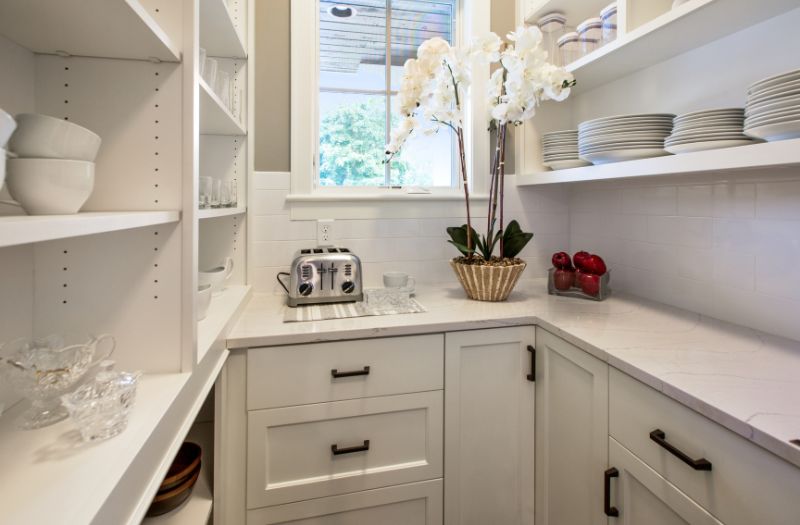If you love to cook at home, dealing with pantry storage is often a struggle. Depending on the size of your pantry, you’re likely constantly battling between storing dry foods and kitchen appliances. Finding space for everything and staying organized is tough.
Unfortunately, many people end up with cluttered pantries filled with canned foods and hand mixers. As a result, people don’t know what they have, so they buy duplicates of canned tomatoes and too many of their staples like rice and flour.
Finding a storage method that works for you and your pantry makes cooking more fun. There are ways you can maximize your pantry, no matter how big it is, and get your meals prepped and done faster.
Here are some of the best ways to stretch your pantry space further starting today. Even if you have a small pantry, you can get more items inside and keep your system in place.
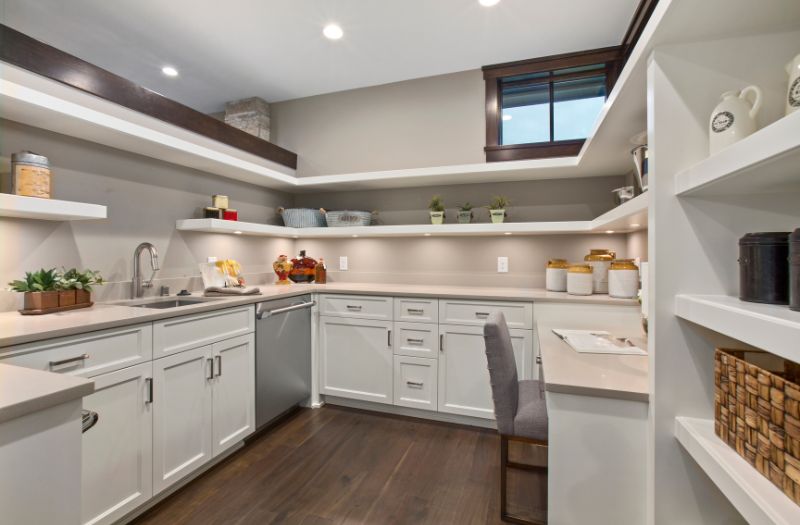
1. Create Storage Above the Top Shelf
Typically, pantry shelves only stretch as high as an average adult can reach. As a result, there’s often empty or wasted space between your tallest shelf and the pantry ceiling.
Take advantage of that open space by storing your larger appliance on the top shelf or installing a higher-up new shelf.
Which appliances should go up top? Go through each of the devices in your pantry, like mixers, blenders, and air fryers. Choose which ones you use less often, and put them on the top shelf.
For example, if you’re only an occasional baker, you should stick your large mixer on the highest shelf. This prevents it from taking up valuable space on the pantry floor or where kids’ snacks would fit better.
If your highest shelf is a stretch to reach, you can always buy a small step ladder to get your occasional appliance or dry staples. The ladder will fold up easily in a corner when you’re not using it.
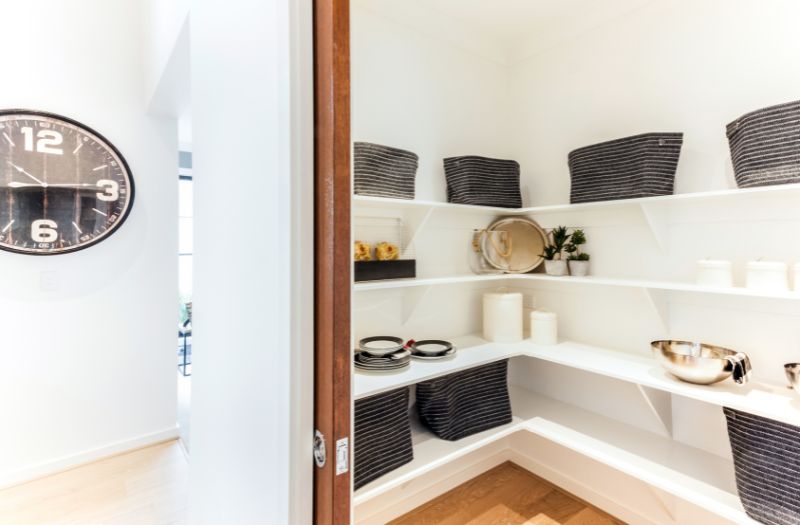
2. Using the Pantry Floor for Storage
Some people shrink from the idea of using the pantry floor for storage, but the floor space is perfect for specific items.
Typically, you’ll have a foot or two of space between the pantry floor and the first shelf. There’s plenty of room for a basket or stackable bin to hold things like uncooked rice, potatoes, onions, or oil jugs.
Of course, you won’t want to store anything fresh that you’re not washing on the floor. However, passionate bakers use plastic tubs to hold sugar, brown sugar, flour, and other dry ingredients. Essentially, using the floor gets you an extra shelf in a cramped pantry.
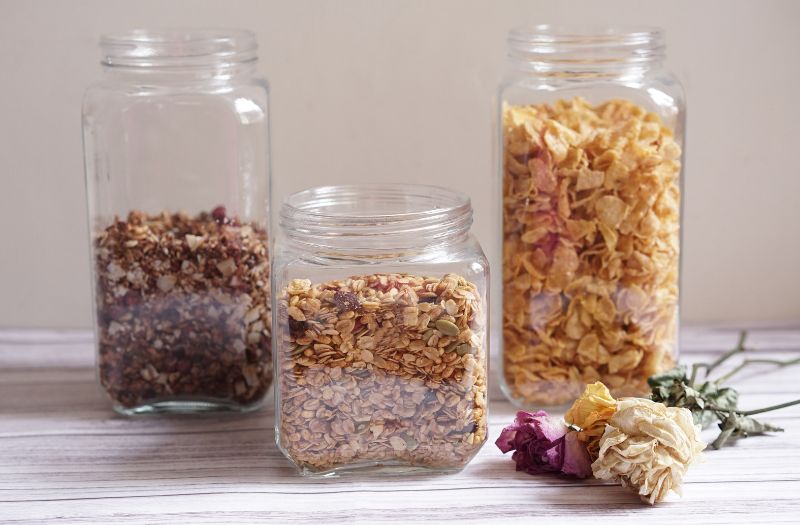
3. Take Packaged Snacks Out of the Box
Companies are clever in how they package and store their food items. For instance, granola bars, fruit snacks, and chips often come in large boxes with tons of empty space. If you’re sticking the entire box inside your pantry, it’s using up valuable space and making it harder to stay organized.
Organizing your packaged snacks takes a bit of time, but you’ll save a lot of space. First, open the boxes, pull out snacks like fruit leather, granola bars, and nuts, and put them in their own airtight containers (see-through or labeled).
Separating items out of the box makes it easier to grab a snack. If you’re making lunches for kids, this will get you done in a flash on a busy morning.
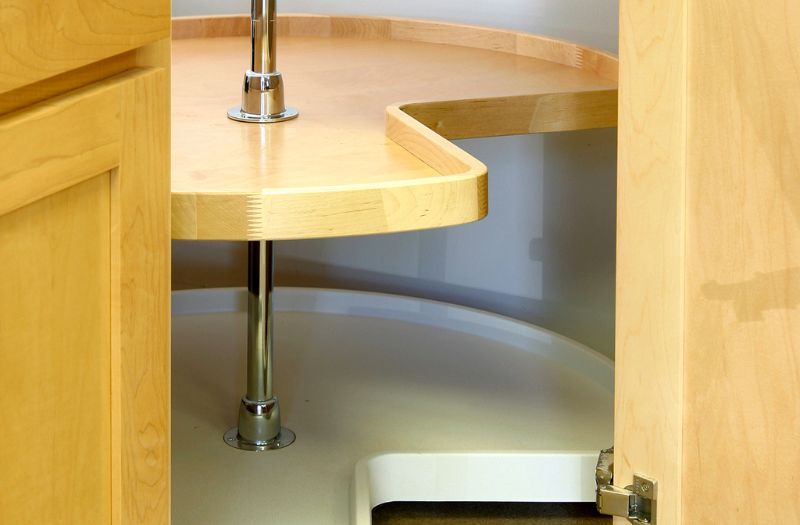
4. Buys Some Shelving Inserts
Did you know you can buy shelving inserts that create an additional storage layer on each shelf? With inserts, you can store two layers of cans, bags of beans, or whatever else you want in your pantry. Instead of wasting space between shelves, you take advantage of the most area possible, maximizing space in your pantry.
Shelving inserts are affordable and available at your local home improvement store or online. Essentially, these are small shelves that rest on your shelf. So, instead of cramming all your canned vegetables on top of each other, you can separate your green beans from your tomatoes into two easy layers.
Shelving inserts are also sometimes called horseshoe shelves because of their shape.
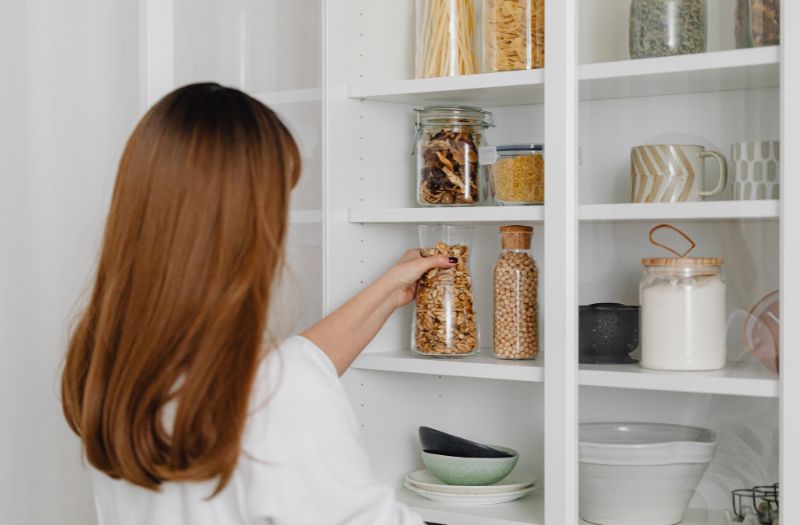
5. Install Cubbies
Some lucky people get to design their pantry space. Whether you’re remodeling or building a new home from scratch, how you approach your pantry layout will help maximize your space.
One excellent idea is to choose cubbies in your pantry rather than the traditional shelves. Cubbies are fantastic for using bins or baskets. They help you use every inch of your pantry. In addition, cubbies are easier to label, so you’ll always know where to look when you need a specific ingredient or snack.
What’s more, you can also design your pantry cubbies based on what you cook and the food you usually stock inside. For example, you don’t need to have every shelf space precisely the same. You can build some cubbies for shorter for things like canned foods or jars of peanut butter. Other cubbies can be larger to house kitchen appliances.
Consider how you want to build your pantry to get the most available storage in the room.
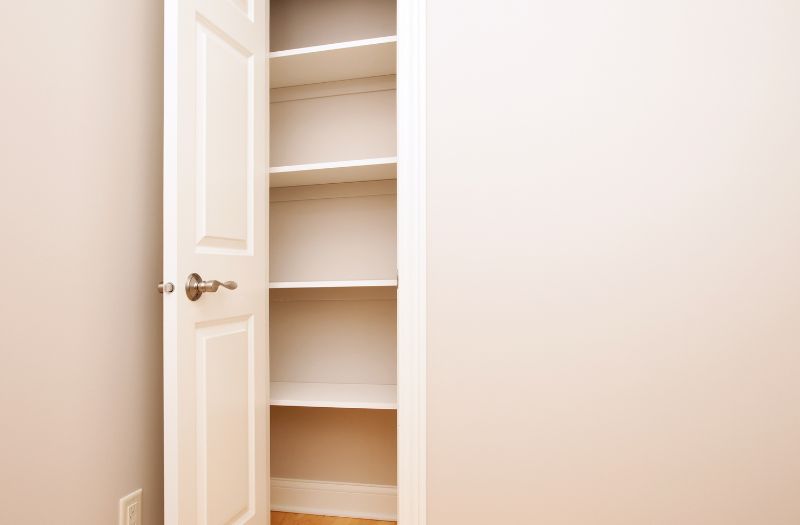
6. You Can Use the Pantry Door for Storage
What about the space behind the pantry door? That’s some extra storage room that many overlook when they feel their pantry is overloaded.
With a bit of ingenuity, you can add an extra storage option that hangs off your pantry door for jars, snacks, and even small kitchen appliances.
There are some terrific kitchen and door storage products online that you can buy with multiple pockets. In addition, a couple of hooks at the top hang over your door, making it easy to put up and take down.
This is an excellent way to maximize pantry space when you need it, particularly after large grocery hauls when you need the extra room.
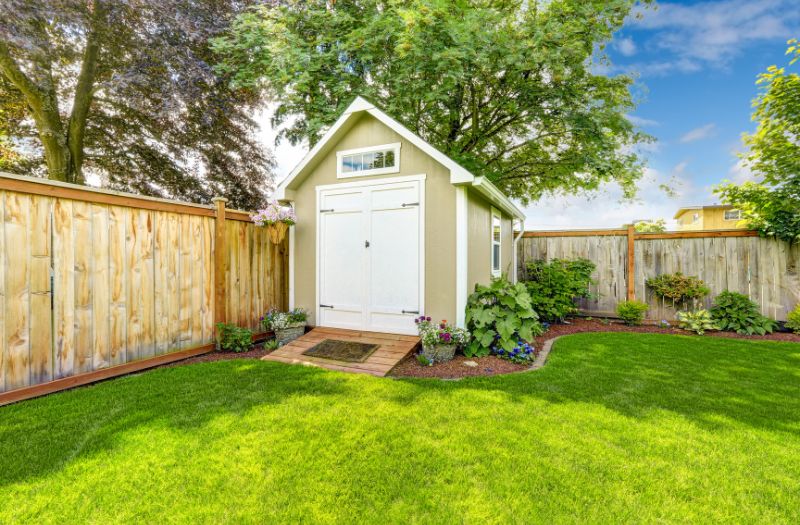
7. Put Long-Term Food Storage Somewhere Else
Many people buy bulk dry goods and canned foods in case of emergencies. During the covid pandemic, we saw how quickly things can turn and make it challenging to buy what we need from grocery stores and other outlets.
As a result, people started building food storage in addition to their regular grocery lists. Typically, these items go inside the pantry next to their everyday items. However, food storage experts often tell people to create dedicated spaces for food storage in basements, sheds, and other locations outside the kitchen.
A separate space for food storage makes it easy to conduct regular inventory checks to determine what you need to buy and when you need to use certain food storage items before they go bad.
If you can, move all your food storage or long-term food supplies like oats or rice out of your pantry and put them somewhere else, like the basement or in the garage. Then, you can store smaller amounts of flour, grains, etc., in the pantry, saving space to make room for other stuff, like snacks, that you need to keep at arm’s length.
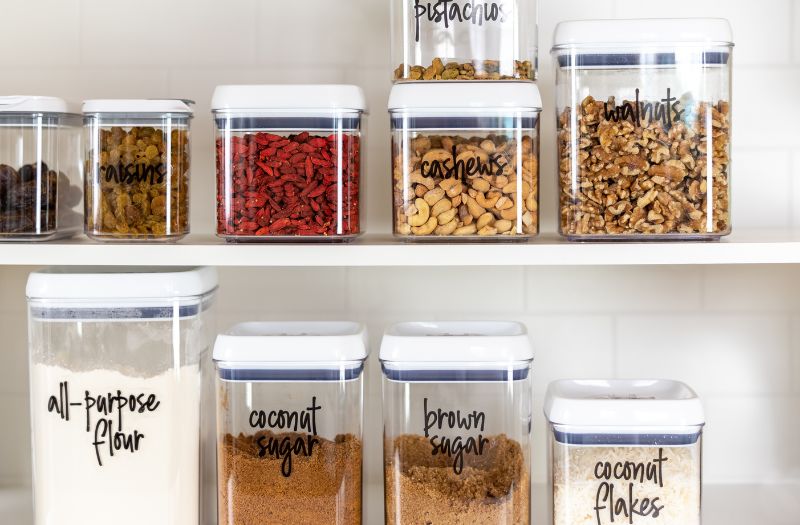
8. Staying Organized Is Key
Above all else, maximizing your pantry space is about staying organized. When you know what’s inside your pantry and where things go, you’ll maintain the area more effectively. Getting the most you can out of a pantry is a big part of running a smooth kitchen operation. Whether you’re making lunch for the kids or cooking a lovely family dinner, a sorted pantry plays a significant role in saving time and avoiding any spoiled food. Find a system that works for you and stick with it!

If you’re looking for a storage facility to store your belongings, Snell Mini Storage has got you covered. At Snell Mini Storage, we offer a wide range of unit selections. To learn more about our self-storage facility, please check out our website at https://snellministorage.com/.

